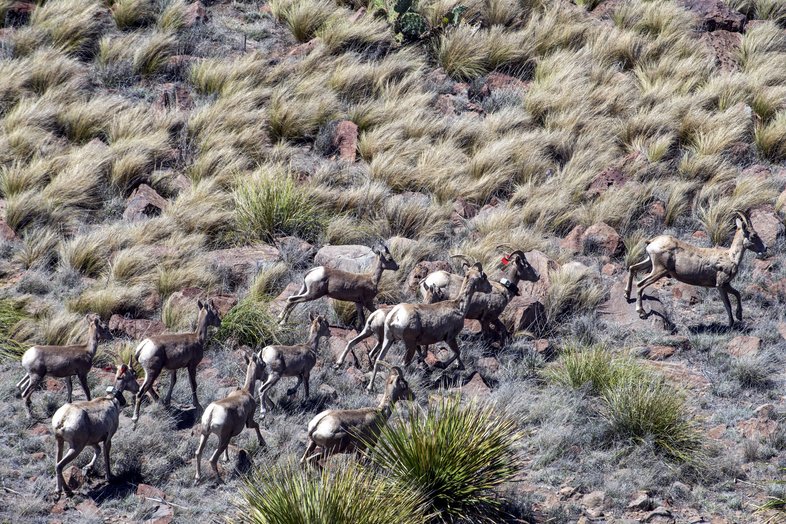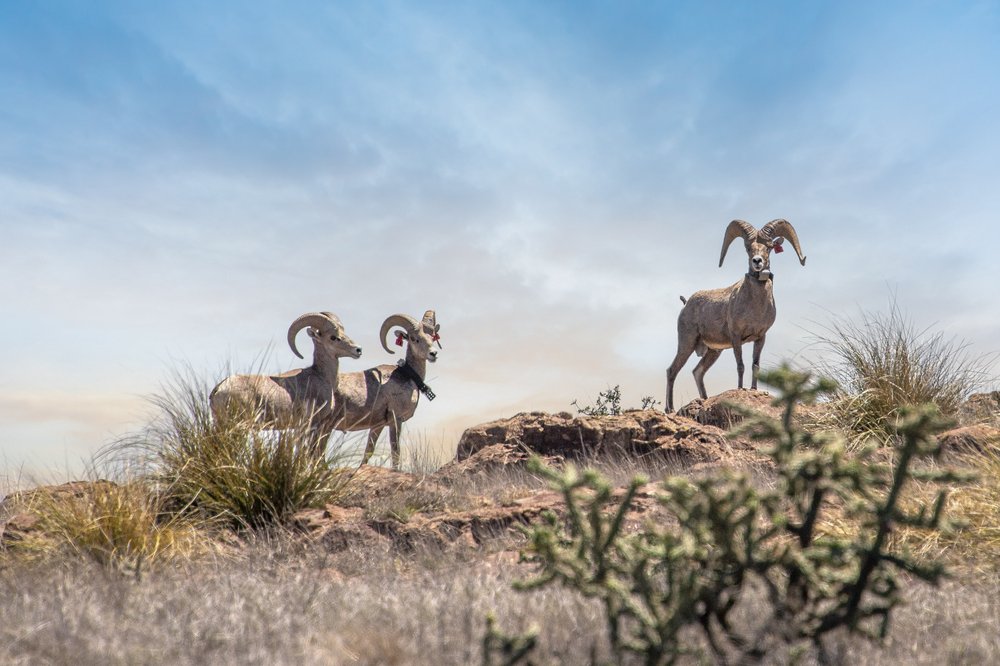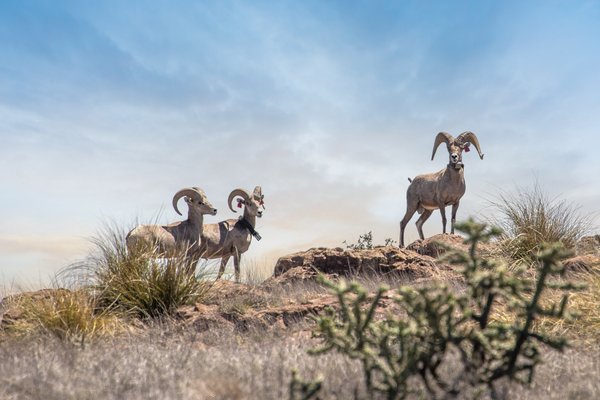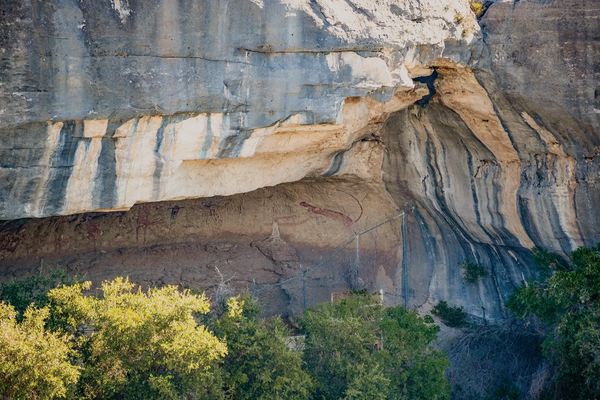For more than a century, the fate of Texas’ desert bighorn sheep has hung in the balance.
Once native to at least 16 mountain ranges in West Texas, the iconic species vanished by the early 1960s — pushed out by unregulated hunting, overgrazing, habitat loss and disease introduced by domestic livestock.
Over the decades that followed, an ambitious coalition of landowners, biologists, hunters and conservation groups set out to bring them back. Thanks to sustained reintroduction efforts and habitat stewardship, the population rebounded to an estimated 1,500 animals by 2018.
But today, that hard-won progress is once again at risk.
In May, a statewide symposium convened in Alpine to confront a fast-moving disease that has already cut Texas’ bighorn population in half. “Managing Desert Bighorn Sheep in Texas: Challenges of the 21st Century” brought together more than 100 biologists, landowners, researchers and agency leaders from across the West. The event was hosted by Texas Parks and Wildlife Department in partnership with Texas Parks and Wildlife Foundation, Texas Bighorn Society and the Wild Sheep Foundation, with support from Borderlands Research Institute and other conservation allies.
The focus: Mycoplasma ovipneumoniae, or M. ovi — a respiratory pathogen that compromises the immune system of bighorn sheep, often leading to adult die-offs and chronic lamb mortality.
“We’ve lost over 50 percent of our statewide bighorn population since 2021,” said Froylán Hernández, TPWD’s bighorn sheep program leader. “Our most productive herds are surrounded by risk. This is our watch, and it’s on us to do something about it.”
TPWD Executive Director David Yoskowitz echoed the call to action. “We will use the best available science to inform our decisions,” he said. “But we can’t wait for perfection. This is a moment that demands action, partnership and sustained commitment.”
One bright spot: the recent translocation of 77 disease-free sheep from Elephant Mountain Wildlife Management Area to Franklin Mountains State Park in El Paso — an area devoid of exotic aoudad, which are now recognized as the primary ecological vector for M. ovi.
“It’s rare to find a clean slate in this fight,” said Hernández. “But the Franklins gave us that.”


Chase Fountain
Chase Fountain
Still, aoudad remain the dominant concern. First introduced to Texas in the 1950s, these hardy North African sheep now number in the tens — if not hundreds — of thousands across the Trans-Pecos. Aerial surveys have documented as many as 8,000 animals in a single mountain range.
“They’ve adapted incredibly well, and for many landowners they’re a valuable hunting resource,” said TPWD Commissioner Paul Foster. “But we’re at a pivotal moment. The threat posed by disease is real and urgent — and so is the opportunity to work together again.”
Next steps include the formation of a TPWD technical working group to finalize a science-based management plan, drawing on input from other states already battling M. ovi. It won’t be easy, but the stakes couldn’t be higher.
“This species has come back from the brink before,” Yoskowitz said. “With the right partners and the right plan, we believe it can again.”













